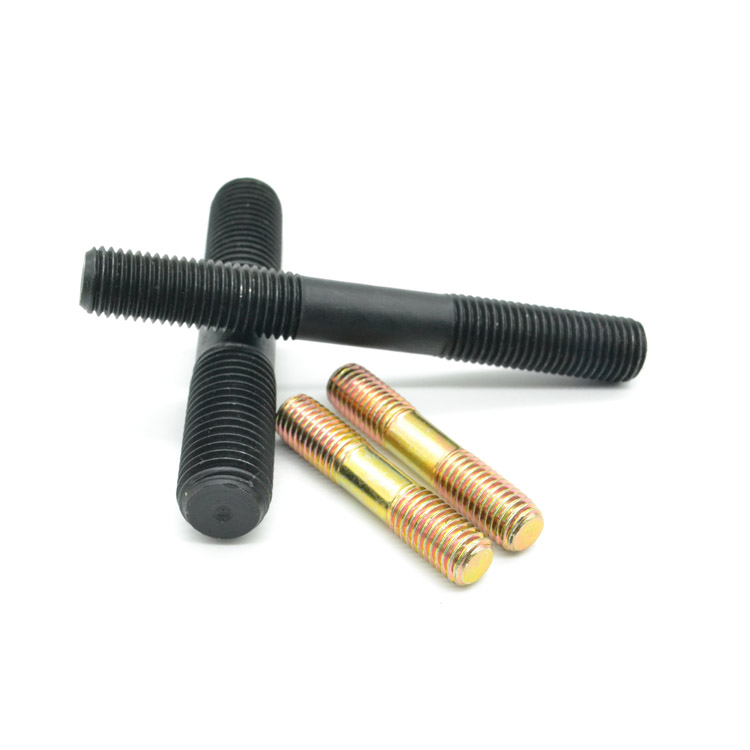angled washers
Sep . 15, 2024 00:44 Back to list
angled washers
Understanding Angled Washers An Essential Component in Mechanical Design
Angled washers, also known as beveled washers or sloped washers, are specialized fastening components that play a critical role in various mechanical applications. These washers are designed with a sloped surface, allowing them to fit securely under a fastener and provide a stable load distribution. Their unique design makes them advantageous in situations where standard flat washers may not suffice.
One of the primary purposes of angled washers is to accommodate uneven surfaces. In many mechanical assemblies, components may not always align perfectly. If a flat washer is used in these situations, it can lead to uneven load distribution, increasing the risk of loosening and structural failure over time. Angled washers, on the other hand, can adapt to the contours of the surfaces they are placed between, ensuring that the load is distributed evenly. This characteristic is particularly important in applications such as automotive assemblies, where vibrations and movement can loosen fasteners if not adequately secured.
In addition to their load distribution capabilities, angled washers can also enhance the overall structural integrity of an assembly. By providing a larger surface area for contact between the fastener and the component, these washers can help to reduce the likelihood of material deformation. This is crucial in applications involving softer materials or where high torque is applied. Consequently, they contribute to the longevity and reliability of mechanical systems.
angled washers

Moreover, angled washers can serve as a means of correcting alignment issues. In assembly processes, components may be misaligned due to manufacturing tolerances or installation errors. By incorporating angled washers, engineers can correct these discrepancies without having to redesign or modify other components. This flexibility can save time and resources while ensuring optimal performance.
The materials used in the construction of angled washers can vary widely, from metals like stainless steel and aluminum to non-metallic options such as nylon or rubber. The choice of material often depends on the specific application requirements, including factors like corrosion resistance, weight, and thermal conductivity. For instance, stainless steel angled washers are commonly used in environments exposed to moisture and chemicals, while nylon washers might be selected for their insulating properties.
In conclusion, angled washers are more than just simple components; they are integral to ensuring the performance and reliability of mechanical systems. By accommodating uneven surfaces, enhancing load distribution, and correcting alignment issues, they provide essential support in various applications. As technology advances and mechanical designs become more complex, the importance of specialized components like angled washers will only continue to grow. Understanding their function and benefits can lead to better design choices and improved overall system performance.
Latest news
-
Premium Phosphated Drywall Screws Supplier | Durable, Rust-Resistant
NewsAug.27,2025
-
Reliable Wire Bolts Suppliers | Quality Zinc Plated Fasteners
NewsAug.26,2025
-
Wire Bolts Suppliers: Durable & Reliable Fasteners for Every Project
NewsAug.25,2025
-
Premium Cabinet Bolts Supplier | Wholesale & Custom Solutions
NewsAug.24,2025
-
Reliable Axle Nuts Supplier | Quality & Precision Fasteners
NewsAug.23,2025
-
Durable Bolts for Lawn Mower Handle - Top Supplier & Manufacturer
NewsAug.22,2025
